'Dynasty Marubi': a hundred years of Albanian studio photography is surveyed at Foam
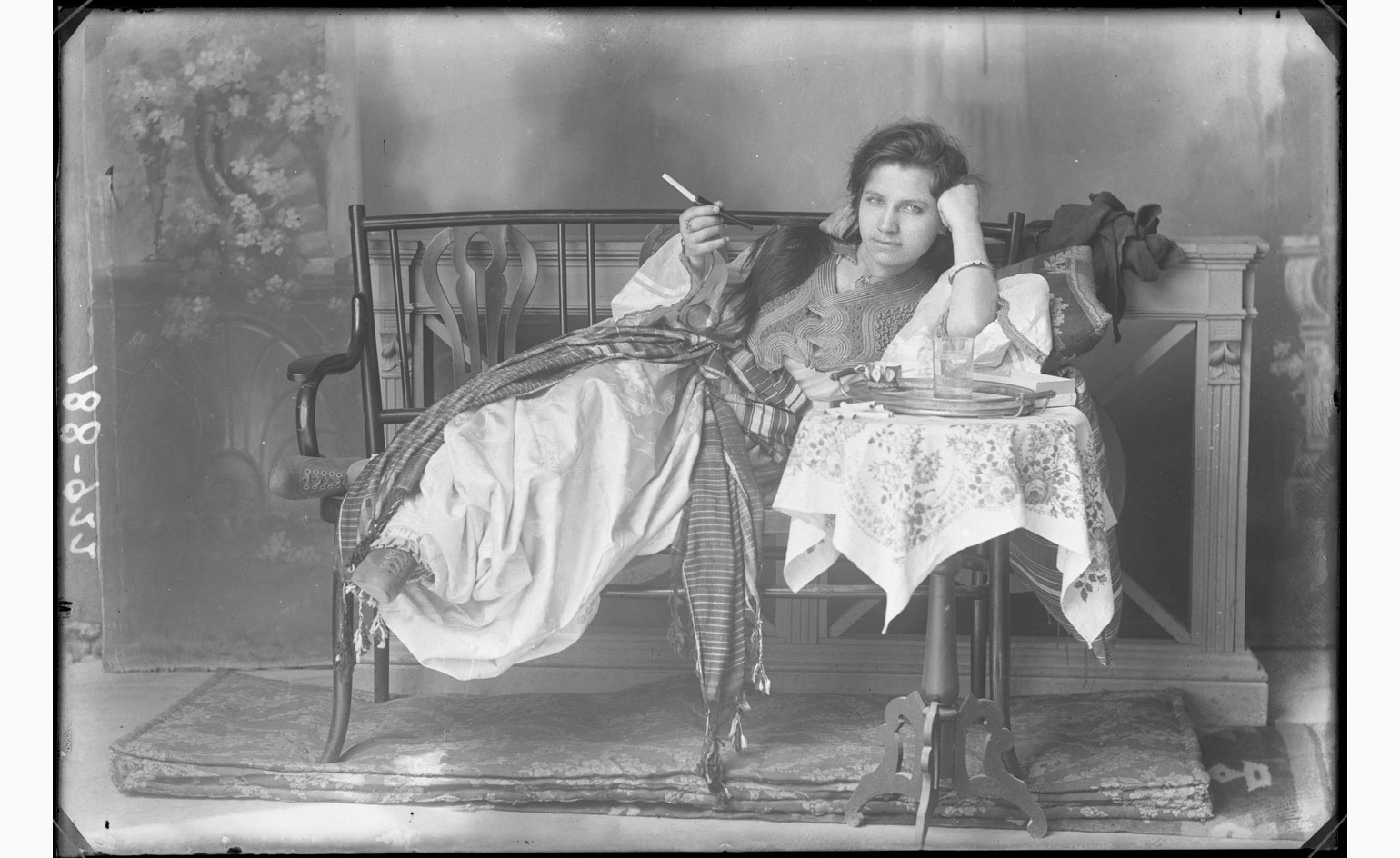
The story of the Marubi studio started in about 1850, when the Italian Pietro Marubi emigrated to Shkodër, Albania, for political reasons. In 1856, just two decades after photography was invented, he established a photographic studio with the camera he brought with him from Italy. The studio’s camera shutters were not to stop for more than a century.
'Dynasty Marubi – a hundred years of Albanian studio photography', an exhibition of that legacy, is currently being staged by Foam (Fotografiemuseum Amsterdam), where a stream of black and white images provides a record of important aspects of Albania’s history and its people, captured by three generations of studio photographers from 1856–1959. In this country – the visual culture of which is little known – the collection provides a rich photographic history that stretches from Ottoman times to the communist period and includes social rituals, traditional costumes and group portraits of sociological significance.
Pietro Marubi started his practice using the wet-plate collodion process, the standard method of photography across Europe at that time. There is no record of where the studio was first located, although many studies suggest that it was actually al fresco, which could be true looking at the portraits of a wide variety of the locals. On the master’s death, his assistant Kei took over the business and changed his name to Marubi, bringing in techniques such as special effects and the retouching of negatives – together with more sophisticated cameras. The third generation of the studio, Kei’s son Gegë, was trained at the Lumière brothers' school in France in the 1920s. He pioneered the use of celluloid instead of glass plates in what was regarded as the studio’s most successful period.
In the 1970s, Gegë donated the studio's collection – some 150,000 glass negatives – to the Directorate of General Archives. He dedicated the rest of his life to working on their conservation and died in 1984. The archive is now housed at the Marubi National Museum Of Photography, which opened earlier this year in Shkodër, in a building designed by Dutch studio Casanova+Hernandez Architects.
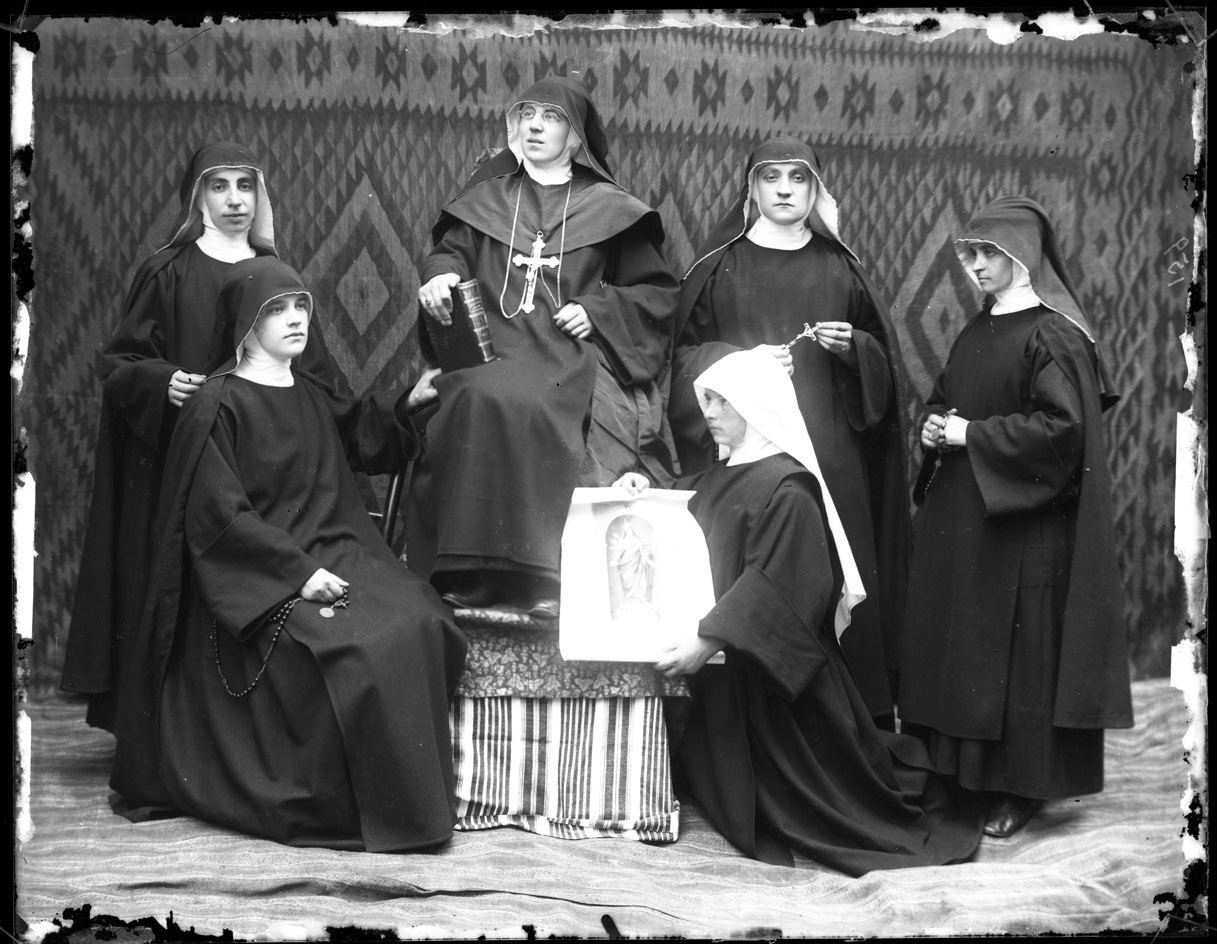
The story of the Marubi studio started in about 1850, when the Italian Pietro Marubi emigrated to Shkodër, Albania, for political reasons.
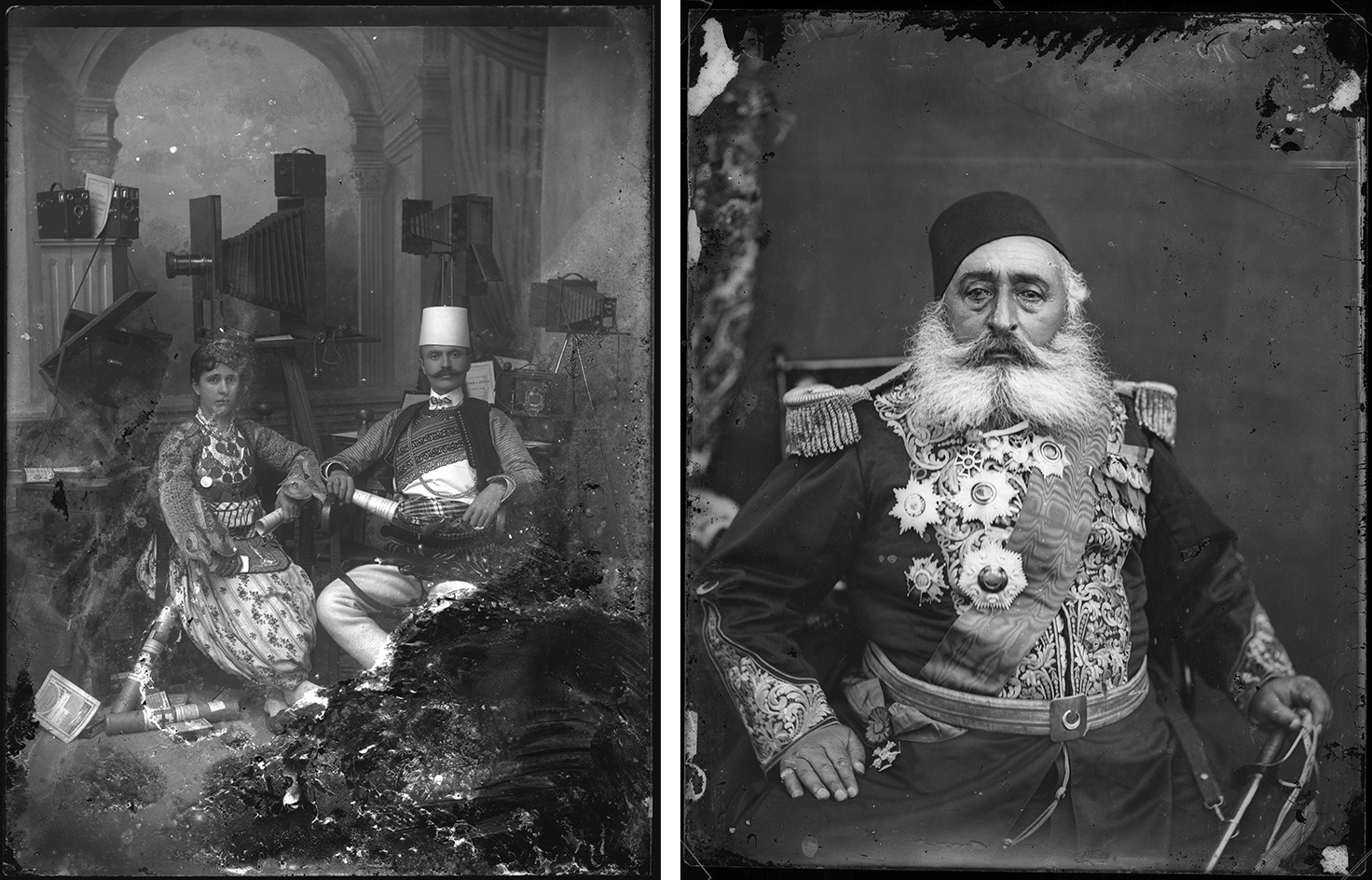
In 1856, just two decades after photography was invented, he established a photographic studio with a camera he brought with him from Italy. The studio’s camera shutters were not to stop for more than a century. Pictured left: Kei Marubi with his wife in the studio, no date.

The archive is now housed at the Marubi National Museum Of Photography, which opened earlier this year in Shkodër. Pictured: Untitled, by Pietro Marubi, before 1881
INFORMATION
’Dynasty Marubi – a hundred years of Albanian studio photography’ is on view until 27 November. For more information, visit the Foam website
Photography: Marubi National Museum of Photography, Shkodër
ADDRESS
Foam Fotografiemuseum
Keizersgracht 609, Amsterdam
Receive our daily digest of inspiration, escapism and design stories from around the world direct to your inbox.
Yoko Choy is the China editor at Wallpaper* magazine, where she has contributed for over a decade. Her work has also been featured in numerous Chinese and international publications. As a creative and communications consultant, Yoko has worked with renowned institutions such as Art Basel and Beijing Design Week, as well as brands such as Hermès and Assouline. With dual bases in Hong Kong and Amsterdam, Yoko is an active participant in design awards judging panels and conferences, where she shares her mission of promoting cross-cultural exchange and translating insights from both the Eastern and Western worlds into a common creative language. Yoko is currently working on several exciting projects, including a sustainable lifestyle concept and a book on Chinese contemporary design.
-
 Design Miami announces Dubai collectible design platform in collaboration with Alserkal
Design Miami announces Dubai collectible design platform in collaboration with AlserkalThe new platform will honour the region’s cultural heritage while highlighting its spirit of innovation
-
 Four new keyboards are fresh and functional desktop companions
Four new keyboards are fresh and functional desktop companionsMechanical keyboards are all the rage, bringing with them new ways of personalising your desktop. We’ve found four devices that hark back to the early days of computing
-
 RBW EV brings a much-loved classic sports car aesthetic into the modern era
RBW EV brings a much-loved classic sports car aesthetic into the modern eraThe RBW Roadster and GT hark back to a golden age of sports car design. Under the skin, these British-built machines feature bespoke all-electric running gear
-
 Provocative and playful, Blommers & Schumm's images sit at the intersection of fine art and photography
Provocative and playful, Blommers & Schumm's images sit at the intersection of fine art and photographyDutch photography duo Blommers & Schumm present 25 years of work at Foam, Amsterdam
-
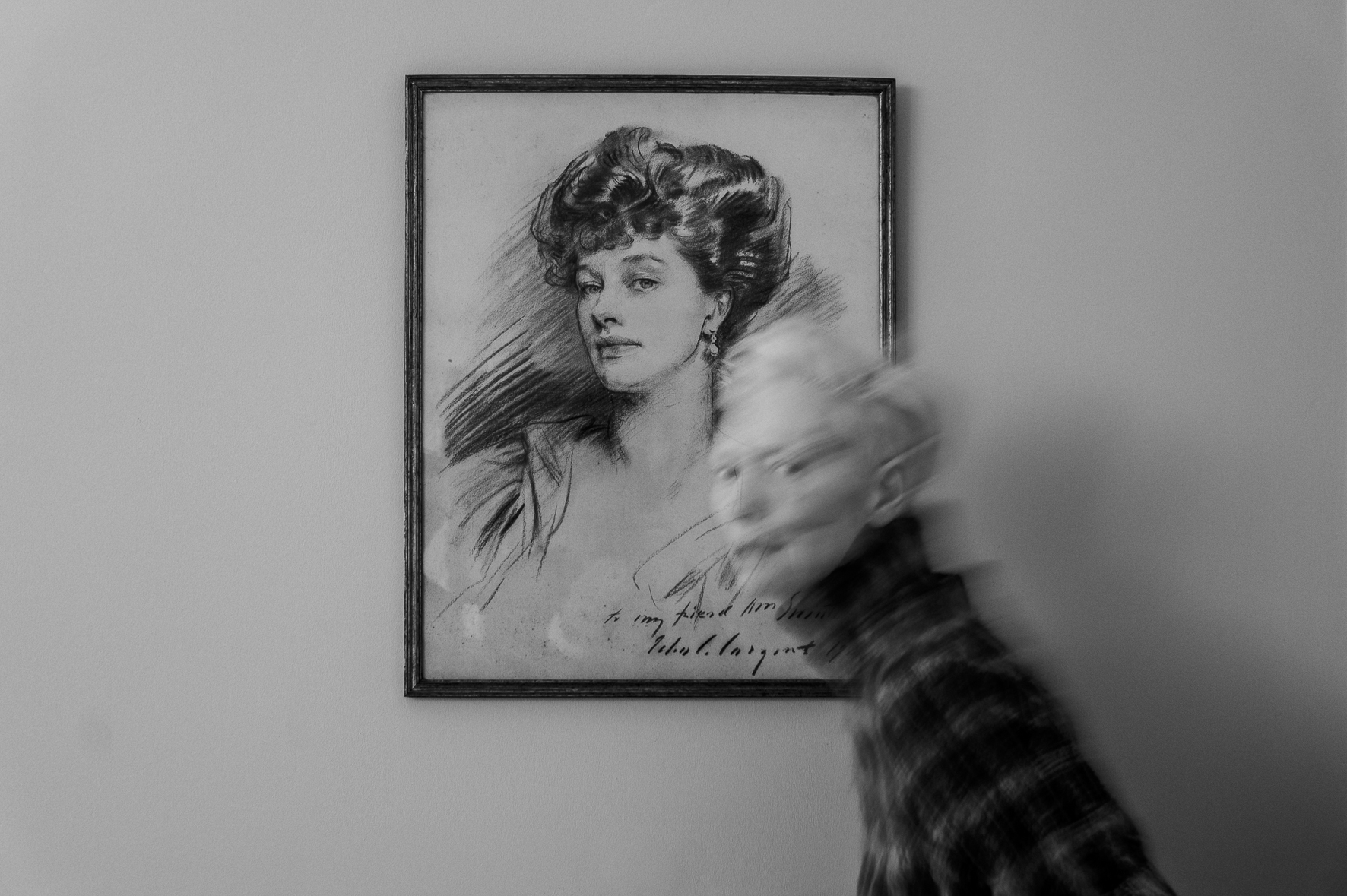 Tilda Swinton: 'If Derek Jarman were with us now, he'd be making films on an iPhone'
Tilda Swinton: 'If Derek Jarman were with us now, he'd be making films on an iPhone'Ahead of her Amsterdam exhibition, which spotlights eight new works with Jarman, Jarmusch and more, Swinton opens up about collaboration, creativity and why the process matters more than the product
-
 ‘As an artist, I’ve never felt more useful than now’: Steve McQueen on his monumental film screening in Amsterdam
‘As an artist, I’ve never felt more useful than now’: Steve McQueen on his monumental film screening in AmsterdamThe film director on why now felt like the right time to screen a previously unseen 34-hour version of his 2023 documentary ‘Occupied City’, on the façade of the Rijksmuseum
-
 Meet the duo using hair and photography as a medium to consider Africa and the African diaspora
Meet the duo using hair and photography as a medium to consider Africa and the African diaspora‘Strands & Structures’ makes its European debut at the Open Space Contemporary Art Museum in Amsterdam, exploring social and environmental issues in Accra, Ghana
-
 ‘The danger of AI’, photography and the future at Foam
‘The danger of AI’, photography and the future at FoamNew project ‘Photography Through the Lens of AI’ asks the big questions at Foam, Amsterdam
-
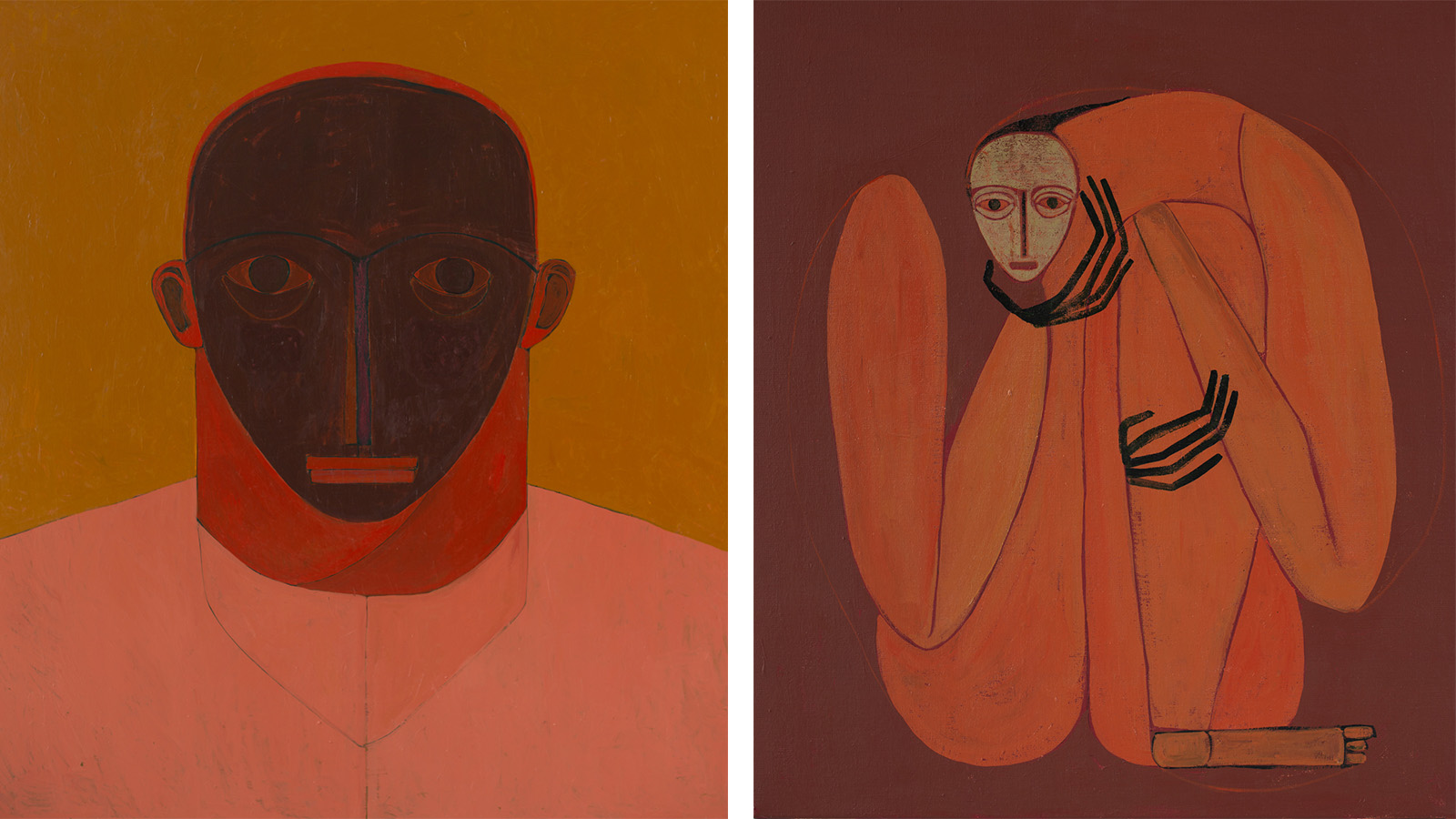 Artist Peggy Kuiper’s impactful figurative works explore her memories and emotional landscape with striking visual intensity
Artist Peggy Kuiper’s impactful figurative works explore her memories and emotional landscape with striking visual intensityPeggy Kuiper presents ‘The Conversation That Never Took Place’ at Reflex in Amsterdam, featuring over 25 new works (until 13 July)
-
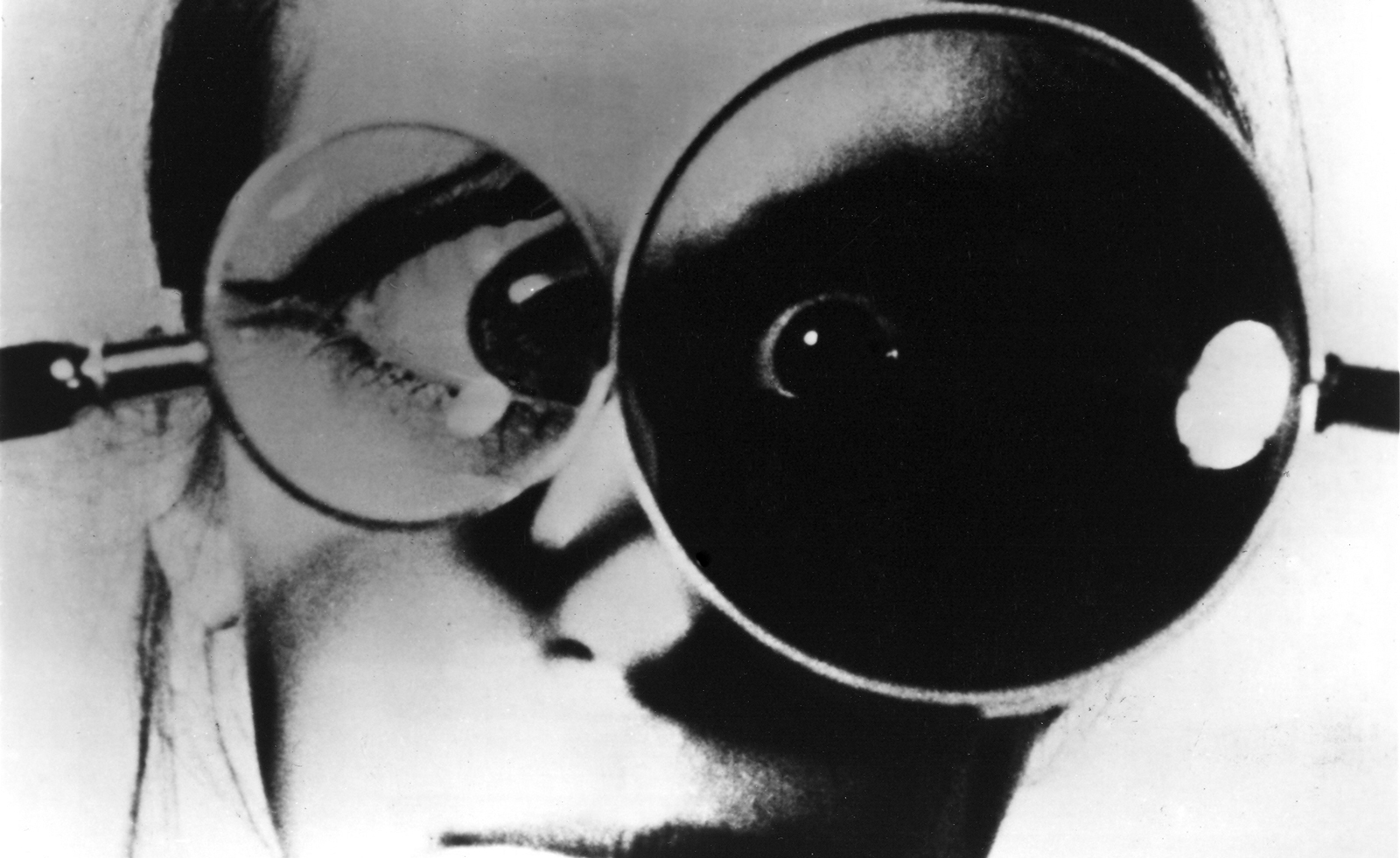 Meredith Monk’s interdisciplinary art sets all the senses singing in Amsterdam show
Meredith Monk’s interdisciplinary art sets all the senses singing in Amsterdam show‘Meredith Monk: Calling’ at Oude Kerk, Amsterdam, is both a series of concerts and a deep-dive into Monk’s eclectic oeuvre
-
 Heads up: art exhibitions to see in January 2024
Heads up: art exhibitions to see in January 2024Start the year right with the Wallpaper* pick of art exhibitions to see in January 2024